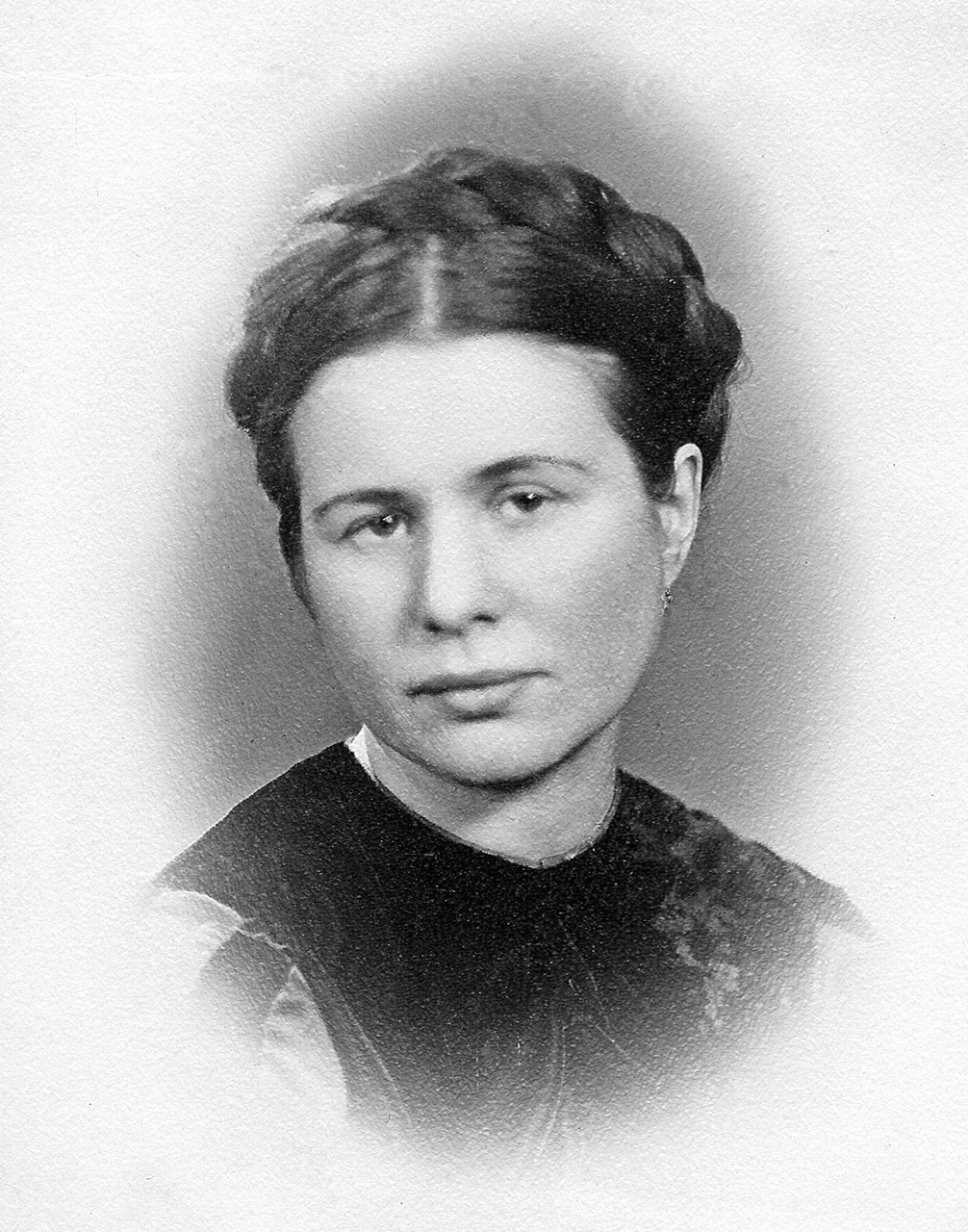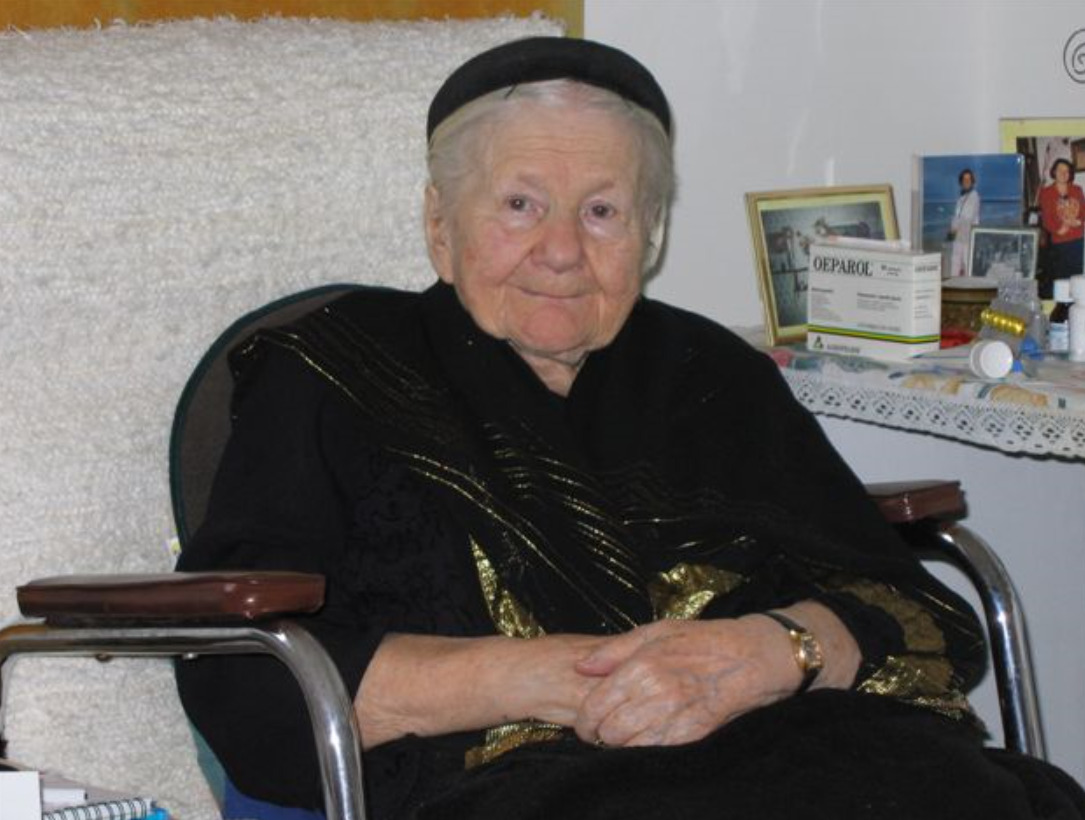In 1939, at the beginning of World War II, German forces slowly began their invasion of Europe. As the war raged on, there were many heroes who aided the Jewish people, such as the American and British soldiers that liberated the concentration camps and all the people who rebelled against Hitler. Some of these have been well known over the years. However, there is one hero that didn’t gain popularity until after the play, “Life in a Jar,” told her story. That hero is Irena Sendler. Irena Sendler was born in Otwock, Poland, in 1910. Her father died of typhus when she was young (He was also a hero and an inspiring example--he treated typhus-infected people when no one else would). When she grew up, Irena married Mieczysław Sendler and together they moved to Warsaw, Poland, just before the war began in 1939, and the heroic part of her life began. Heroes must be brave and must be committed and devoted to a good cause. They must be willing to put their lives in danger to save others. They must have the devotion to keep going even when the job threatens their well being. Irena Sendler, a social worker at the time of the war, showed her bravery by helping smuggle more than 2,000 children out of the Warsaw Ghetto and showed her devotion and commitment by reuniting those children with their surviving family members after the war.
 Irena Sendlerwikimedia commons
Irena Sendlerwikimedia commons
Irena Sendler was extremely brave to continue her work in very dangerous situations. Sendler worked in the Warsaw Ghetto and helped sneak children out of the Ghetto to secure locations. “On October 20, 1943 , the Nazis arrested Sendler and sent her to Pawiak Prison. There they tortured her, trying to get her to reveal the names of her associates. She refused and was sentenced to death. However, Żegota members bribed the prison guards, and Sendler was released in February 1944” (Biography.com). Sendler showed her bravery when she refused to give the names of her associates, even if that meant that she might be killed. She was beaten, mistreated, and sentenced to death, yet she never revealed the names of the people she worked with. Sendler, who had a bit of nursing background, forged papers to allow her access to the Ghetto to treat sick patients and smuggle children out: “This proved especially true when a typhoid fever outbreak occurred and few Germans wished to venture inside to provide aid; instead, they were happy to let Poles do the dangerous work. Sendler's real mission, was to search out families with young children in the Ghetto and convince the parents to let her take their children to safety on the outside” (“Encyclopedia of World Biography”). Irena helped treat and feed the people in the Ghetto. By using false papers she would have been killed if she were caught. Irena easily fooled the guards, who wanted anyone other than themselves deal with the terrible typhoid outbreak in the Ghetto. Using her cover as a nurse, Irena asked many parents to let her take their children to safety. She couldn’t guarantee their survival, but they had better chances outside the Ghetto than in it. Through Irena Sendler’s acts of selfless bravery, she proved her heroism.
Irena Sendler was extremely devoted to her cause, and rescued children throughout the entirety of the war. After Sendler placed children with a new families or in orphanages, she saved their information.: “In order to keep track of the children who left the Ghetto and began living under new identities elsewhere, Sendler wrote down all the relevant information in a special code on used cigarette papers she collected. These lists of names were then put in jars and buried in the yard of a friend's house at 9 Ledarska Street in Warsaw” (“Encyclopedia of World Biography”). Throughout the war, Irena kept track of all the children’s names and the places they were located to. Her devotion to return the children lasted the entire war. After the war ended, Sendler helped many children reunite with their parents. She dug up every jar and tried to return as many children as possible. Sendler devoted a lot of her time to find people to help her, “To save one Jew, she reckoned, required 12 outsiders working in total secrecy: drivers for the vehicles; priests to issue false baptism certificates; bureaucrats to provide ration cards; and most of all, families or religious orders to care for them. The penalty for helping Jews was instant execution” (“The Economist”). Sendler needed around 12 people helping her to save one person. Everyone had to be willing to devote their time to helping only one person. Irena had to find people willing to help her and risk their lives. Sendler devoted a lot of her time to finding all those people. Sendler knew that death would be the punishment if anyone was caught. She would have to convince helpers to risk everything to save strangers’ children who were suffering in a small Ghetto. Not only that, but she would also have to find trustworthy people who wouldn’t betray them to the Nazis. Irena Sendler was extremely dedicated to her cause. She kept fighting throughout the war to save many lives and spent years reuniting children with their families when the war eventually ended.
 Irena Sendlerwikimedia commonsIrena Sendler proved her bravery and devotion by being persistent and helping many Jewish children survive the war. Irena Sendler was extremely brave to continue her work in dangerous situations, and she was extremely devoted to her cause throughout the war, rescuing children and helping many reunite with surviving family members. “Mrs Sendler belonged to the Socialist party: not for its political ideology, she said, but because it combined compassion with dislike of money-worship. No religion motivated her: she acted "z potrzeby serca," "’from the need of my heart’" (Irena Sendler qtd in Feitelberg). Irena wasn’t motivated by the religion of the Jewish people. She didn’t care about religion, she simply acted because she felt she needed to do something to help her fellow people. Irena Sendler wasn’t someone who turned her back to suffering. She helped people in need, even if it meant putting her life in danger. She proved her role as a hero by acting with bravery and devotion. She selflessly spent many years of her life helping innocent Jewish children survive a dark and dangerous time.
Irena Sendlerwikimedia commonsIrena Sendler proved her bravery and devotion by being persistent and helping many Jewish children survive the war. Irena Sendler was extremely brave to continue her work in dangerous situations, and she was extremely devoted to her cause throughout the war, rescuing children and helping many reunite with surviving family members. “Mrs Sendler belonged to the Socialist party: not for its political ideology, she said, but because it combined compassion with dislike of money-worship. No religion motivated her: she acted "z potrzeby serca," "’from the need of my heart’" (Irena Sendler qtd in Feitelberg). Irena wasn’t motivated by the religion of the Jewish people. She didn’t care about religion, she simply acted because she felt she needed to do something to help her fellow people. Irena Sendler wasn’t someone who turned her back to suffering. She helped people in need, even if it meant putting her life in danger. She proved her role as a hero by acting with bravery and devotion. She selflessly spent many years of her life helping innocent Jewish children survive a dark and dangerous time.
Page created on 5/8/2019 5:25:13 PM
Last edited 5/14/2019 10:13:59 PM
Feitelberg, Rosemary. "IRENA SENDLER: HEROINE OF THE HOLOCAUST." WWD, 27 Mar. 2008, p. 19. Academic OneFile, https://link.galegroup.com/apps/doc/A177190124/GPS?u=powa9245&sid=GPS&xid=3dbfc63c. Accessed 2 May 2019.
“Irena Sendler.” Biography.com, A&E Networks Television, 15 Apr. 2019, www.biography.com/activist/irena-sendler.
"Irena Sendler." Encyclopedia of World Biography Online, vol. 28, Gale, 2008. Student Resources In Context, https://link.galegroup.com/apps/doc/K1631009120/SUIC?u=powa9245&sid=SUIC&xid=73f7dcd4. Accessed 28 Apr. 2019.
"Irena Sendler." Newsmakers, vol. 2, Gale, 2009. Student Resources In Context, https://link.galegroup.com/apps/doc/K1618004894/SUIC?u=powa9245&sid=SUIC&xid=fc8424d8. Accessed 28 Apr. 2019.
"Irena Sendler." The Economist, 24 May 2008, p. 110(US). Biography in Context, https://link.galegroup.com/apps/doc/A179283377/GPS?u=powa9245&sid=GPS&xid=5f747121. Accessed 2 May 2019.
